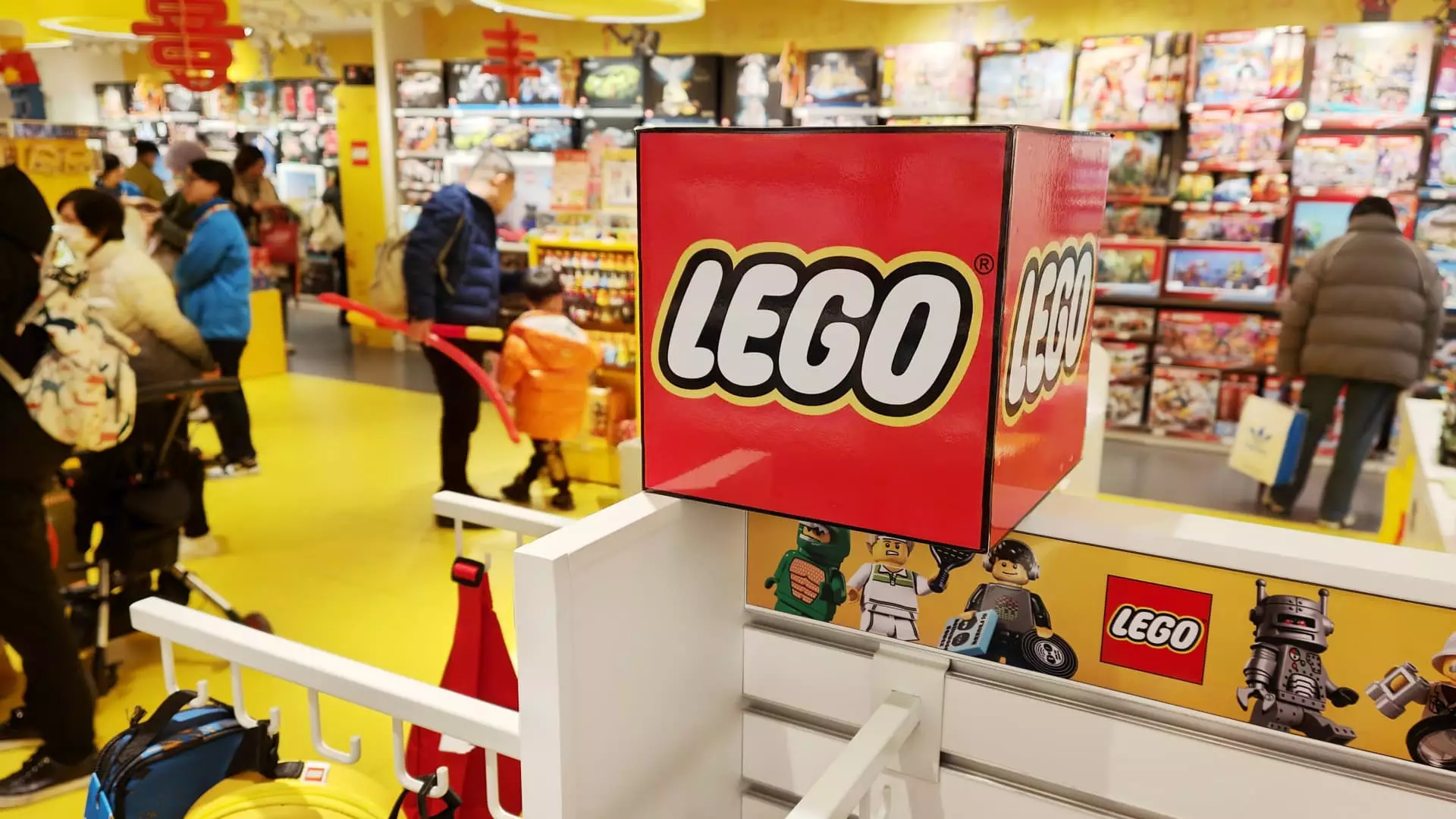The toy industry experienced a notable sales decline due to inflation in the first half of 2024. However, amid this challenging environment, Lego managed to buck the trend by reporting a substantial revenue increase. The Danish toymaker’s revenue skyrocketed by 13% in the first six months of the year, reaching an impressive 31 billion Danish krone, equivalent to around $4.65 billion. This surge in revenue can be attributed to the strong performance of Lego Icons and Lego Creator, as well as the successful partnership with Epic Games’ Fortnite. Lego’s CEO, Niels Christiansen, highlighted the fact that the company is witnessing growth across its entire product portfolio.
In stark contrast to Lego’s success, its competitors Mattel and Hasbro faced significant challenges during the same period. Mattel experienced a 1% decline in net sales, while Hasbro reported a substantial 21% drop in net revenue between January and June 2024. Mattel struggled with tough comparisons from peak toy sales driven by the “Barbie” brand in 2023, while Hasbro continued to grapple with the aftermath of divesting its eOne division. Lego’s ability to outperform its rivals underscores the company’s resilience and strategic positioning in the market.
Lego’s sustained growth can be attributed to its diverse product offerings that appeal to both children and adults. In addition to licensed sets based on popular franchises like Harry Potter and Star Wars, Lego also offers innovative design options for building flowers, succulents, famous artworks, and animals. This breadth of offerings has enabled Lego to capture a wide range of consumer preferences and interests, contributing to its overall sales growth.
While sales in the U.S. and Europe remain robust for Lego, the company is facing challenges in the Chinese market. Consumers in China are spending less on high-ticket items, leading to a flat sales trend in the region. Despite this, Christiansen expressed confidence in the long-term potential of the Chinese market and emphasized the company’s commitment to expansion in the region. In the first quarter of the year, 40 new Lego stores were opened, with half of them located in China. Similarly, out of the planned 60 store openings in the second half of the year, 20 are earmarked for the Chinese market. This strategic focus on China indicates Lego’s determination to establish a strong presence in the region.
Lego’s dedication to sustainability is evident in its efforts to increase the use of renewable and recyclable materials in its products. In 2024 alone, the company nearly doubled the amount of sustainable materials used in its bricks compared to the previous year. Christiansen emphasized Lego’s commitment to investing in environmentally friendly materials, even if it means bearing higher costs. Despite the increased expenses, Lego has refrained from passing on these costs to consumers. This commitment to sustainability not only benefits the environment but also creates an incentive for suppliers to develop more sustainable products and expand production capacity. Looking ahead, Lego aims to source half of its raw materials from sustainable sources in the coming years.
Lego’s impressive performance in the face of industry challenges underscores the company’s strategic vision, diverse product portfolio, global expansion efforts, and commitment to sustainability. As the toy industry continues to evolve, Lego’s resilience and innovation position it as a leading player in the market.

